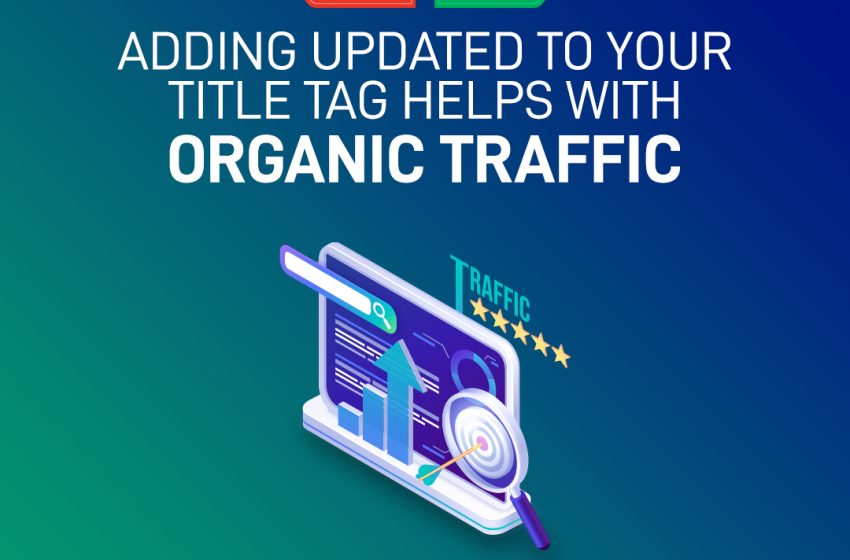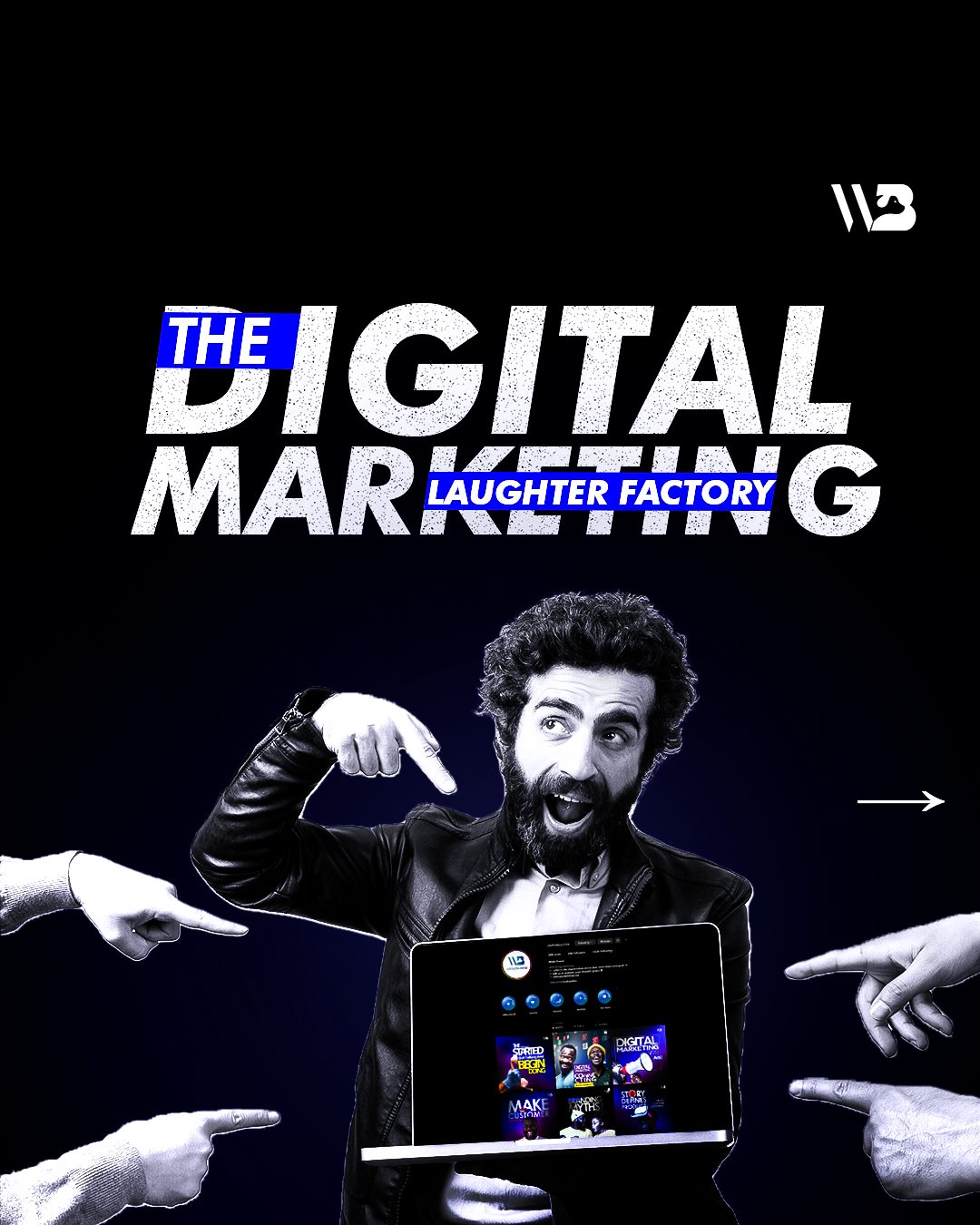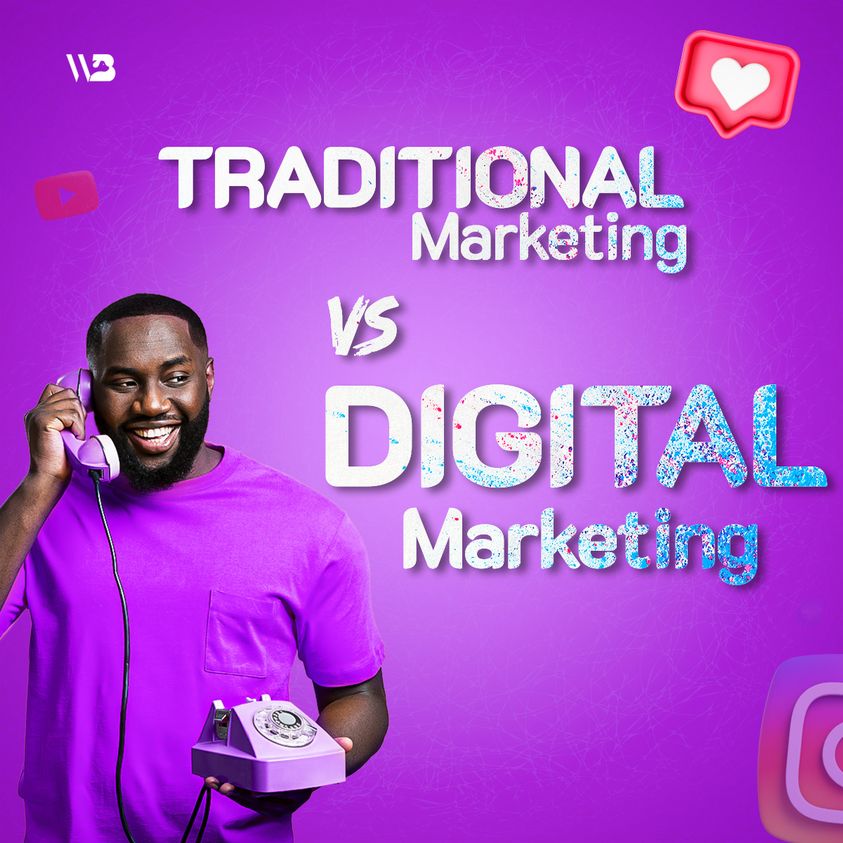The Art of the Pitch: Crafting Compelling Stories in PR Outreach

In the dynamic world of public relations (PR), the ability to craft a compelling story is essential. It’s not just about what you say; it’s about how you say it. A well-executed pitch can turn a mere announcement into a story that captivates an audience, builds your brand, and drives your business objectives. This 1600-word blog will explore the art of crafting engaging stories in PR outreach.
Understanding Your Audience
The foundation of a successful PR pitch is understanding your audience. It’s crucial to know who you’re talking to, what interests them, and how they consume information. For journalists, this means recognizing the type of stories they typically cover and tailoring your pitch to align with their beat and style. For consumers, it involves tapping into their interests, concerns, and motivations.
Start with Research
Before crafting your story, spend time researching your target audience. Look at past articles written by journalists you’re targeting or the types of stories that resonate with your consumer base. This insight helps tailor your narrative to align with their interests.
Crafting Your Story
Every great story has key elements: a clear message, a compelling narrative, and a call to action. Your PR pitch should be no different.
Finding the Hook :Your story needs a hook – something that grabs attention. This could be an unusual angle on a common topic, a timely event, or a unique perspective. Ask yourself, “Why would my audience care about this?” The answer to this question is your hook.
Building the Narrative : Once you have your hook, build your narrative around it. A good PR story should have:
A Strong Opening: This is where you captivate your audience. An intriguing fact, a surprising statistic, or a bold statement can be effective.
Relevance: Connect your story to broader trends or current events to make it more relevant and engaging.
Human Element: People relate to stories through emotions. Including a human element, like a personal story or a customer testimonial, can make your pitch more relatable.
Clarity and Brevity: Keep your story clear and to the point. Journalists and consumers alike appreciate conciseness.
Supporting Your Story: Support your narrative with data, examples, or quotes. This not only adds credibility but also provides depth to your story.
The Art of Writing the Pitch : The way you present your story is as important as the story itself. A well-written pitch can make the difference between being noticed and being ignored.Subject Line: Start with a compelling subject line for your email pitch. It should be catchy but not misleading. Think of it as the headline of your story.
Personalization: Personalization is key. Address the recipient by name and mention why you think the story is relevant to them. This shows that you’ve done your homework and aren’t just sending out a mass email.
The Body of the Pitch : The body of your pitch should be concise and to the point. Start with your hook, follow with the narrative, and end with a clear call to action. Be sure to include contact information for follow-up.
Leveraging Multimedia : In today’s digital age, incorporating multimedia can significantly enhance your pitch. Videos, infographics, and high-quality images can make your story more engaging and shareable. Remember, multimedia should complement your narrative, not overshadow it.
Follow-Up and Building Relationships
After sending your pitch, a polite follow-up can be beneficial. If there’s no response, a single follow-up email or call is appropriate. Building long-term relationships with journalists and influencers is crucial. Even if your story isn’t picked up this time, maintaining a relationship can pay dividends in the future.
Handling Rejection
Rejection is part of the PR process. If your story doesn’t get picked up, don’t be discouraged. Use it as an opportunity to ask for feedback and improve your future pitches.
Ethics in Storytelling
While crafting a compelling story is important, it’s equally crucial to maintain ethical standards. Avoid exaggerations and stick to the facts. Your credibility is your most valuable asset in PR.
Conclusion
Crafting a compelling story in PR is an art that combines understanding your audience, creating a captivating narrative, and presenting it in a way that resonates with your target audience. By focusing on these elements and maintaining ethical standards, your PR pitches can not only capture attention but also build lasting relationships and credibility for your brand.



